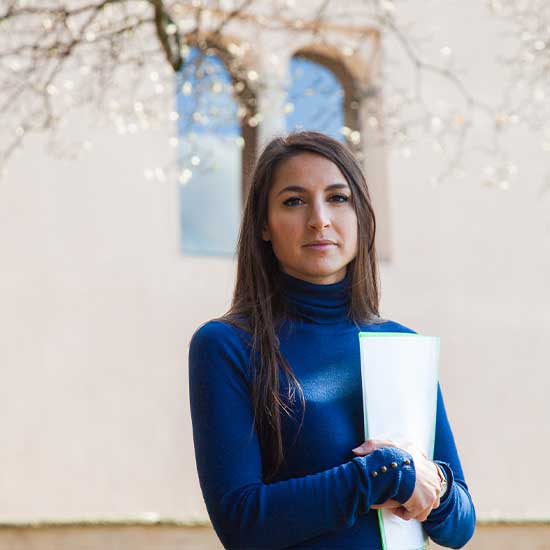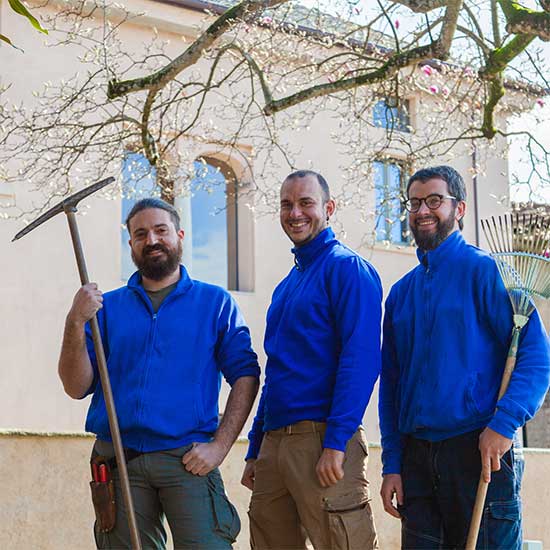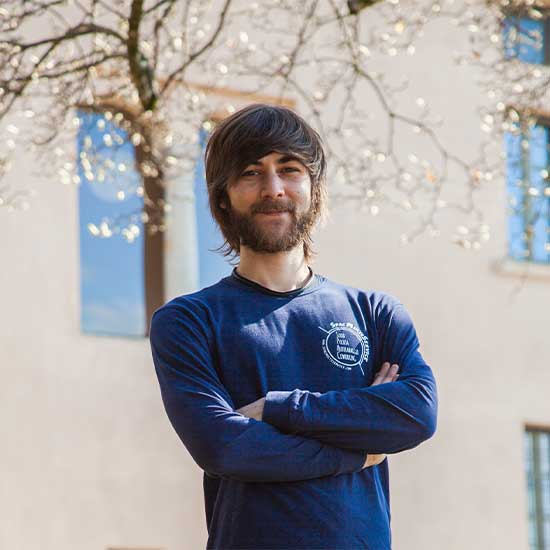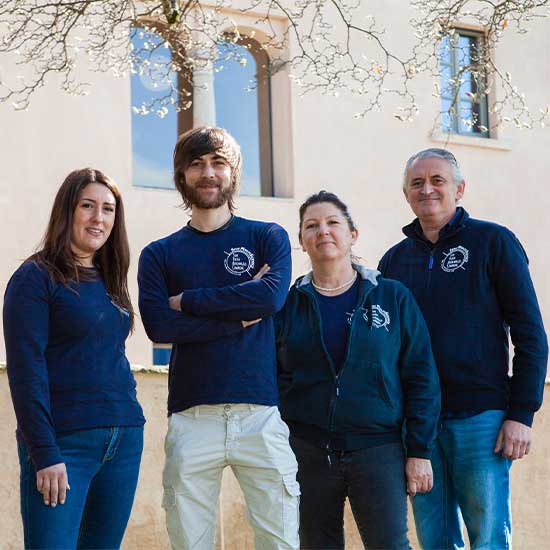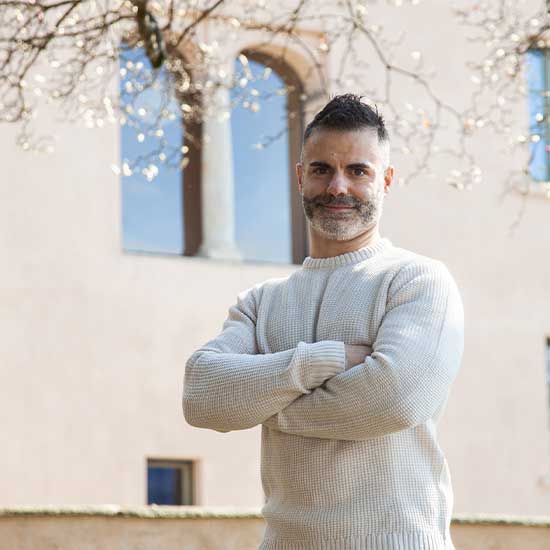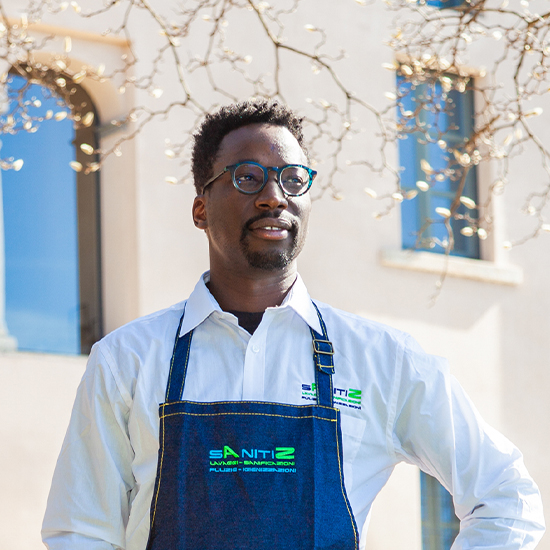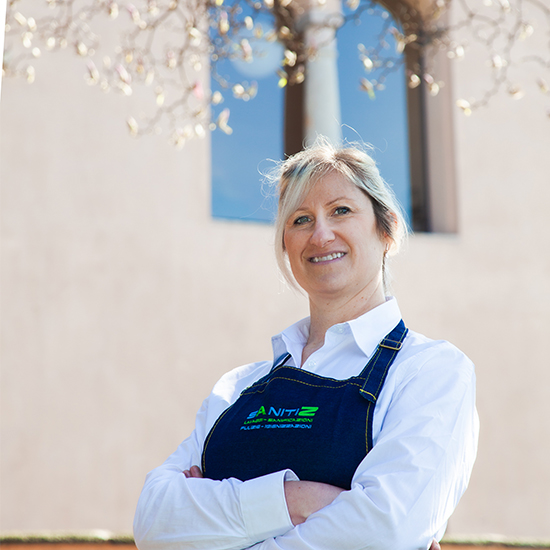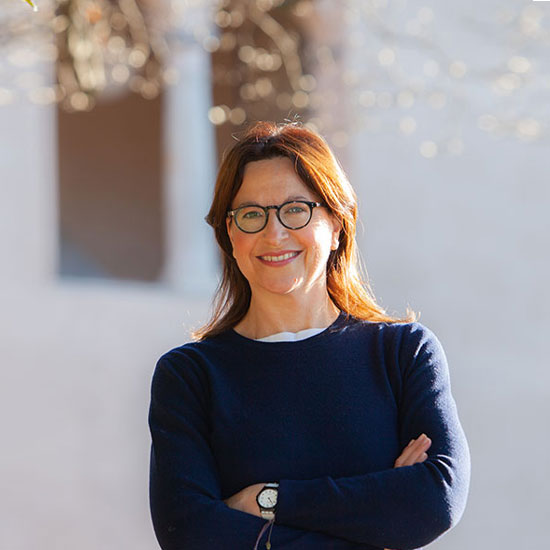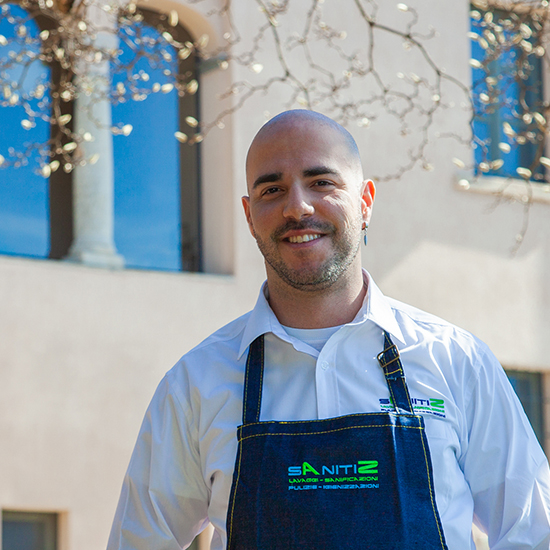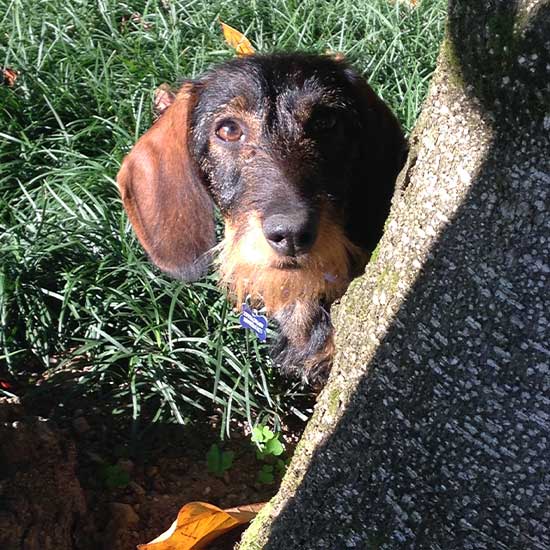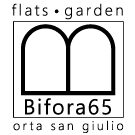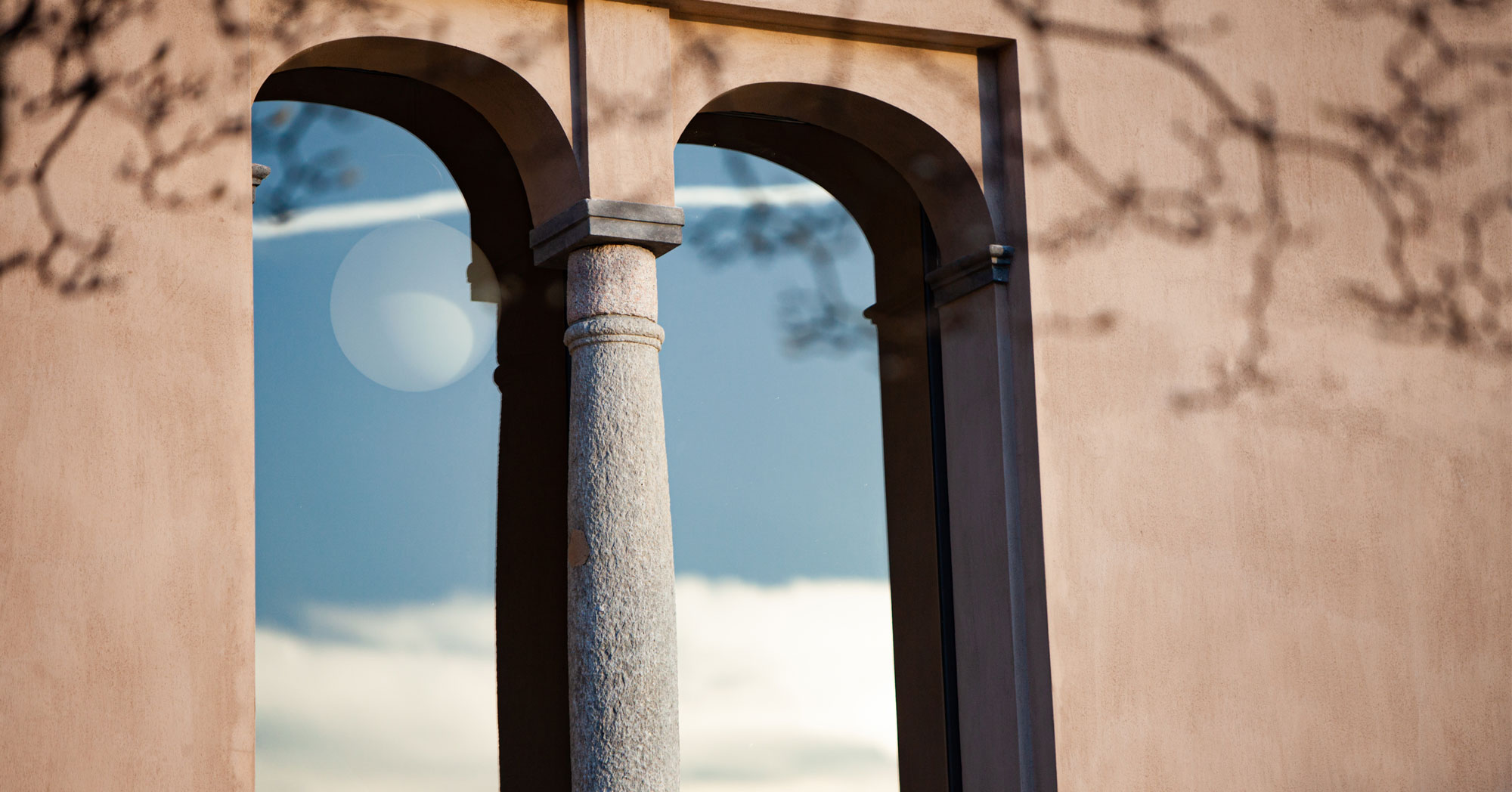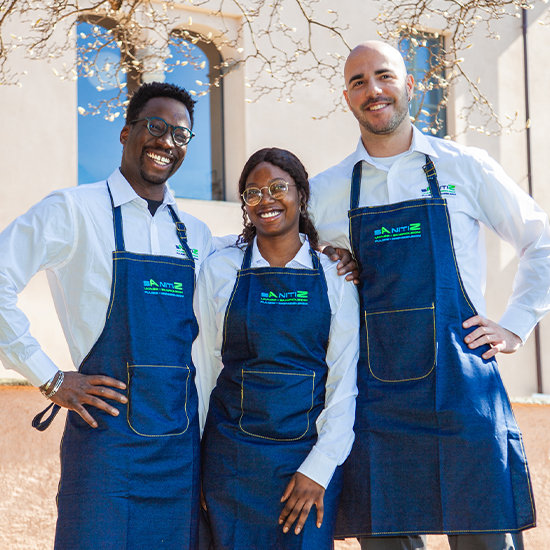” You’ll find yourself to feel separated from life itself, even if inside it, as on the terrace of the house of living. “
FERNANDO PESSOA
A look back
Lake Architectures
Go past the entrance gate of the eclectic Villa Crespi, the Moorish-style Relais & Châteaux (to remember the Baghdad’s minarets).
Proceed downhill, skirting the Villa’s surrounding wall. You are walking along the ancient road to the lake, Via Fava, then Via Giovanetti in the direction of the historic Orta San Giulio town-center. A few turns and the lake will reveal itself! Along this road, as you will notice, there are the villas built and owned by great historic families and renowned architectural schools: from the aristocratic home of the Marquises Natta d’Alfiano, with its embroidered boxwood gardens, to the neoclassical villa Vicini, of the Antonellian school; from villa Curioni, called “Il Sasso” (the boulder), because of the rocky outcrop it was built on, to the elegant villa Torino, once the town hall.
An extraordinary sequence of buildings, in terms of styles and history. A wealth that is surpassed only by the naturalistic beauty of the place.
Sacro Monte
Look up to your right. The old lake road runs at the foot of the hilly promontory of the Sacro Monte (“Sacred Mount”), a UNESCO World Heritage Site. It is a lush green plateau, located right in the center of the Orta peninsula. Among its vegetation, there are twenty hidden chapels, with frescoes recapping the history of San Francesco (St. Francis). Inside them, in fact, it is possible to retrace the life of the friar of Assisi, staged by 375 painted and life-size terracotta statues: from his birth to his canonization, passing through the approval of his rule by pope Innocent III, the temptations, the stigmatae.
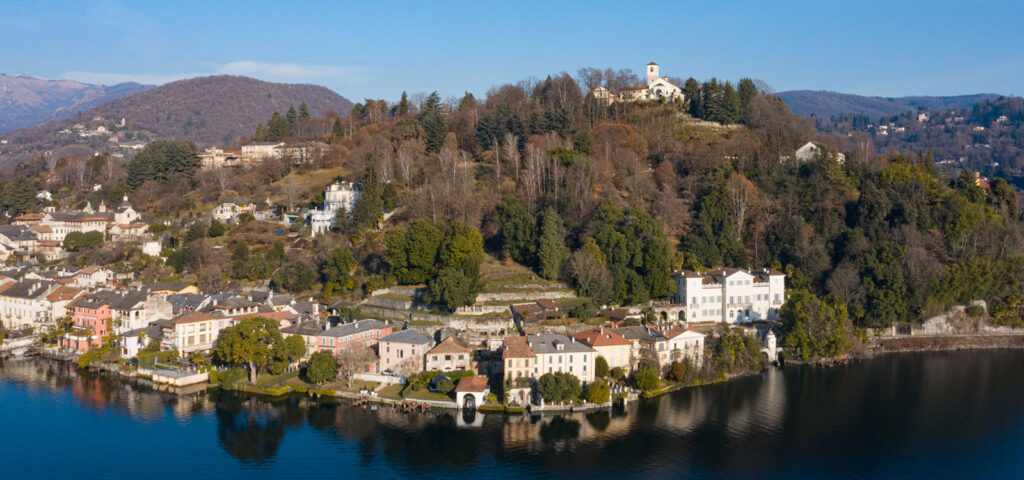
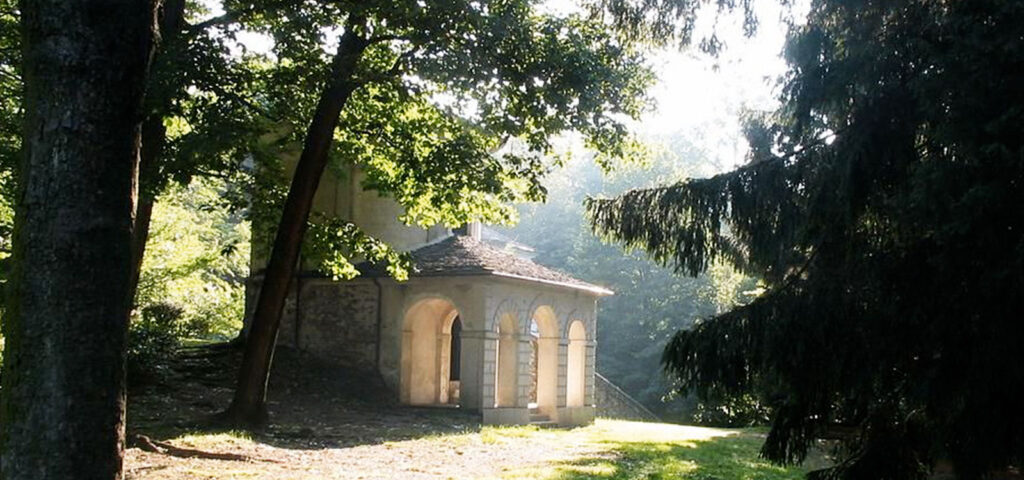
The Sacro Monte of Orta is part of the group of the nine Alpine Sacred Mounts located between Piedmont and Lombardy. Its realization is due to the Counter-reform’s pressure to antagonize Lutheranism. By visiting it, you can be sure you will find yourself in a magical place, which has also exerted remarkable charm on many travelers in the past. One for all, the German philosopher Friedrich Nietzsche. Do you remember the “superman” theorist? He ascended the Sacro Monte with his Russian friend Lou von Salomé in May 1882 while traveling to Lucerne. Nietzsche will never forget these shores. The tradition of spending the holidays on the Orta shores, instead, dates back to the mid-17th century plague. At that time, numerous aristocratic and wealthy families, fearing contagion, moved along the lake. Here they gave life to rich residences that joined the already existing ones, creating a fascinating harmony of buildings.
Villa Giovanetti
Among the historic Orta lake houses is number 65, a late-medieval building near the small church of the Holy Trinity, in the “Moccarolo” district. Here, in fact, you will find the family home of the Orta lawyer Giacomo Giovanetti (1787-1849), a historical figure of the nineteenth century, who today gives his name to the street until its outlet on the central Piazza Motta. You now find yourself in full Italian Risorgimento! Among the most active of the Piedmontese forum at the time of Carlo Alberto of Savoia, Senator Giovanetti was, in fact, a close collaborator and friend of Count Camillo Benso of Cavour. A liberal and an expert in water law making at an international level, he fought for its autonomous use in agriculture, also dealing with rice-growing and silk factories. His home overlooks the lake with its cosy garden where, in spring, the beautiful magnolias, also present in the Japanese variety, all bloom.
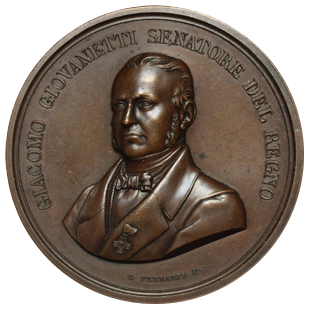
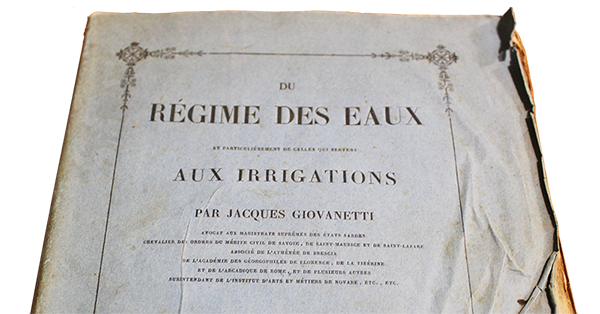
A look ahead
Villa Giovanetti: the restoration
The recent history of the city of Orta San Giulio has been positively marked by the conservative restoration of some of its beautiful lakeside houses along with their gardens. Look around you. Among these, the home of the Piedmontese jurist we are telling you about has also been rescued from the effects of years of neglect. Its restoration started in 2002, when the intervention was carried out on the left block of the complex. In fact, the villa consists of two bodies, placed frontally, which enclose a rectangular porticoed courtyard. In the background, just along the Sacro Monte hill, runs an uninterrupted path of stone stairs, which leads to three cliffs overlooked by a centenary magnolia wood. “When we discovered Villa Giovanetti in 2001 – explains the owner, Carlotta Cassine, who bought it at the time with her husband – the complex was in very bad conditions: years of abandonment had caused a deep structural degradation. A robust restoration was necessary, but always being respectful to the architectural peculiarities of the house “.
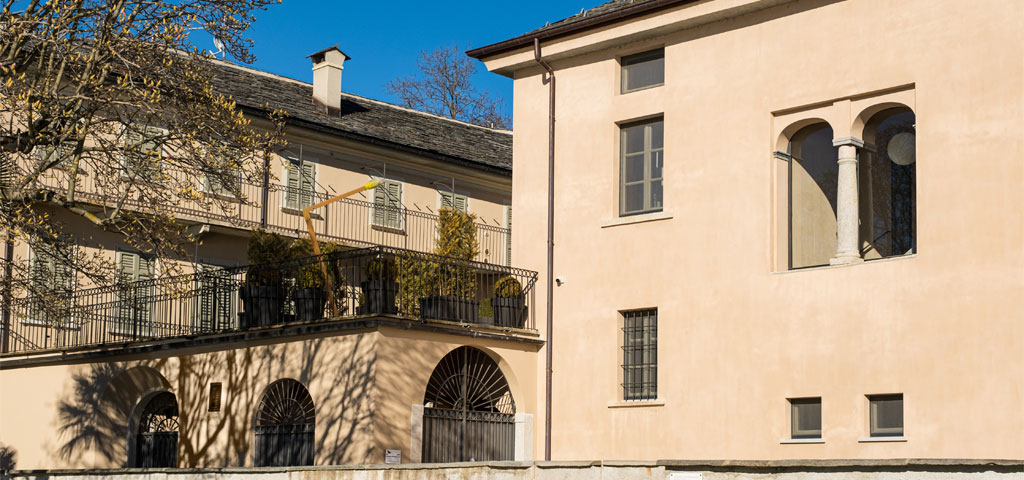
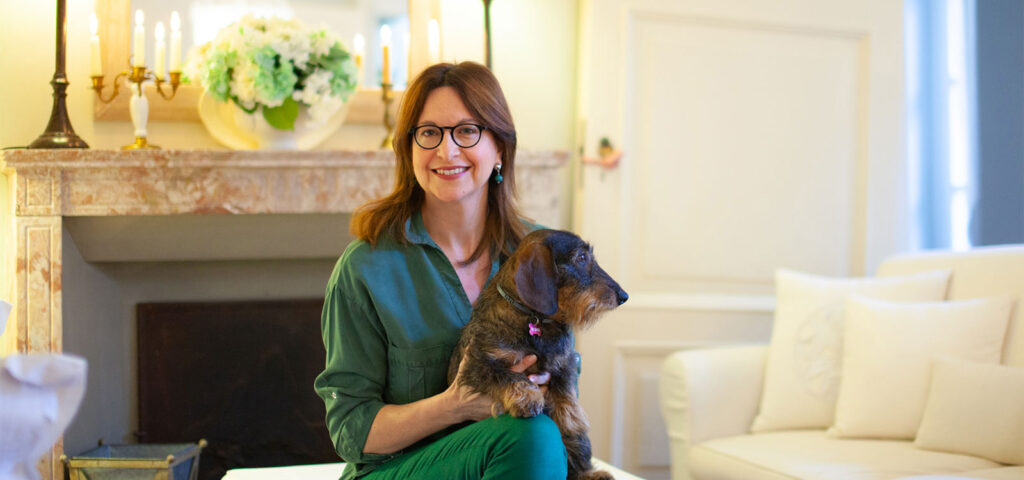
Since then, a very energetic work plan has been started to recover this extraordinary building with its many layers and unparalleled views. The careful restoration also involved the complex’s green circuit, both the lakeside and the hillside ones.
“Bifora”: the 2nd restoration
Villa Giovanetti’s second block, the one on the right, square shaped, was instead restored during 2018-2019. Its layout is even late-medieval. You can see it by observing the frames of the portal, still clearly visible along the perimeter stone wall along the path leading to the hilltop. Subsequent and numerous renovations of the building over the centuries have led to the creation of the fine double opening on the main facade, from which the dazzling spectacle of the lake and its island will offer a sight to be remembered. That’s where the name “Bifora” comes from. Followed by the Turin Superintendency and aimed at ensuring the philological recovery of the building, the conservative intervention was carried out entirely by specialized local workers.
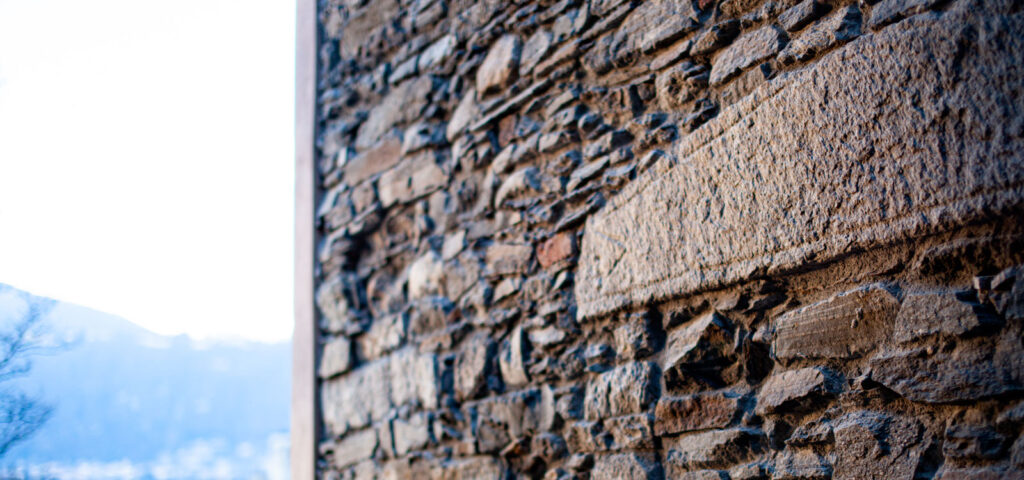
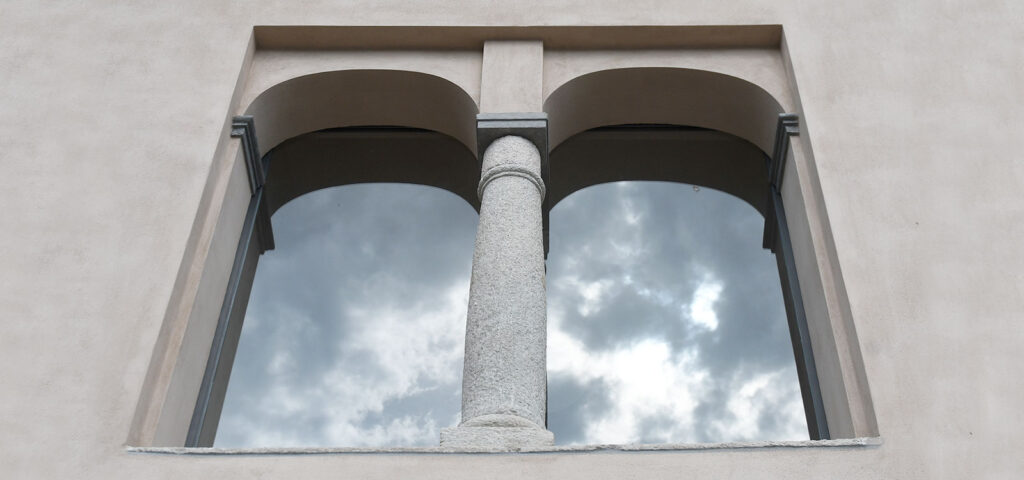
The “Bifora” was thus able to maintain the original volumes and the architectural peculiarities that were already its own. Here then you will be able to notice an intriguing internal courtyard overlooked by the rooms on the first floor; go up the bright stone central staircase; or enjoy a walk on the path that runs behind the building and leads directly to the hills. Here is the terrace overlooking the lake, the cellar with its original well; the stone walls and the surfacing, here and there, of the rock on which the “Bifora” is partially built on. And finally we cannot forget the pied dans l’eau garden with a stone staircase directly accessing the lake, and the old magnolias, projecting shade on the iron railings that run along the shore. You should know that, right under the branches of those old magnolias, the last descendant of the Giovanetti family entertained the writer and director Mario Soldati, during his work on the documentary about the “rustic, romantic and patriarchal” city of Orta, filmed in 1956.
More focus
The evolution: Bifora65
The life of villa Giovanetti now extends into the present. Today, its recently restored portion, now called Bifora65, is a small, well-cured lake retreat, intended for the international tourism around Lake Orta. Facing directly onto the lake, the structure is made up of five refined “studios” which offer hospitality to a limited number of ten guests. Each unit, interpreted in a contemporary key, is also designed for medium-term stays with a full equipped kitchen, shared laundry space and private parking and offers the opportunity to enjoy the regenerating space of the lakeside garden, equipped elegantly for total comfort.
Borghi d’Italia
Watch the episode dedicated to Orta s. Giulio GO TO VIDEO
Documentary “Orta mia”
Watch the documentary “Orta mia” by Mario Soldati GO TO VIDEO
MEET OUR TEAM
Here we are!
